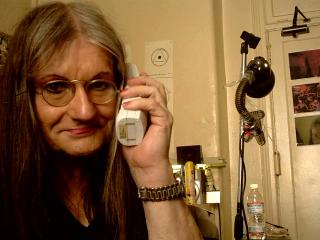Mark Rothko
Mark Rothko was one of the founders and leading exponents of the New York School of painting which became known as Abstract Expressionism.
In 2012, Red, Orange and Yellow, painted in 1962 by Mark Rothko,, sold at auction for for $86,000,000.
After studying briefly with Max Ernst, Rothko’s paintings evolved from urban scenes of poverty and man’s inhumanity to man in the 1930’s to phantasmagoric surrealism in the manner of Paul Klee in the 1940’s.
In the 1950’s his mature style of painting emerged. He systematically banished every kind of representational imagery. Gone were the few vestiges of linear elements that that had remained as recently as 1949. By 1950 he arrived at his characteristic formulation of two or three horizontal rectangles of disembodied color stacked one below the other above the canvas field on which they appear to float or hover.
Rothko had no fixed system of naming his paintings. Most are either left untitled or designated by numbers or colors. He probably felt that more interpretive or descriptive titles would restrict their meanings.
The size of his paintings was very large, nine or ten feet high and several feet across. Small paintings were internalized, he said, while large paintings were externalized, larger than life so you actually seemed to be inside the painting. Displayed in dim lighting, the color fields detached and seemed to float in the air before you.
By the 1950’s he was famous and financially secure. However, his success brought him at least as much torment as comfort. As the years passed he became increasingly depressed.
In 1967 he accepted a commission to paint the mural walls of a chapel in Houston, Texas. The Rothko Chapel. He reduced his palette, restricting his colors to red, then finally to black. The Houston paintings create a total environment of all encompassing awe inspiring spirituality.
In 1968 he suffered an aneurism of the aorta. He recovered, however, and began to paint again. But in February, 1970, alone in his studio, Mark Rothko committed suicide at the age of 67.
In 2012, Red, Orange and Yellow, painted in 1962 by Mark Rothko,, sold at auction for for $86,000,000.


0 Comments:
Post a Comment
<< Home